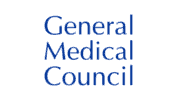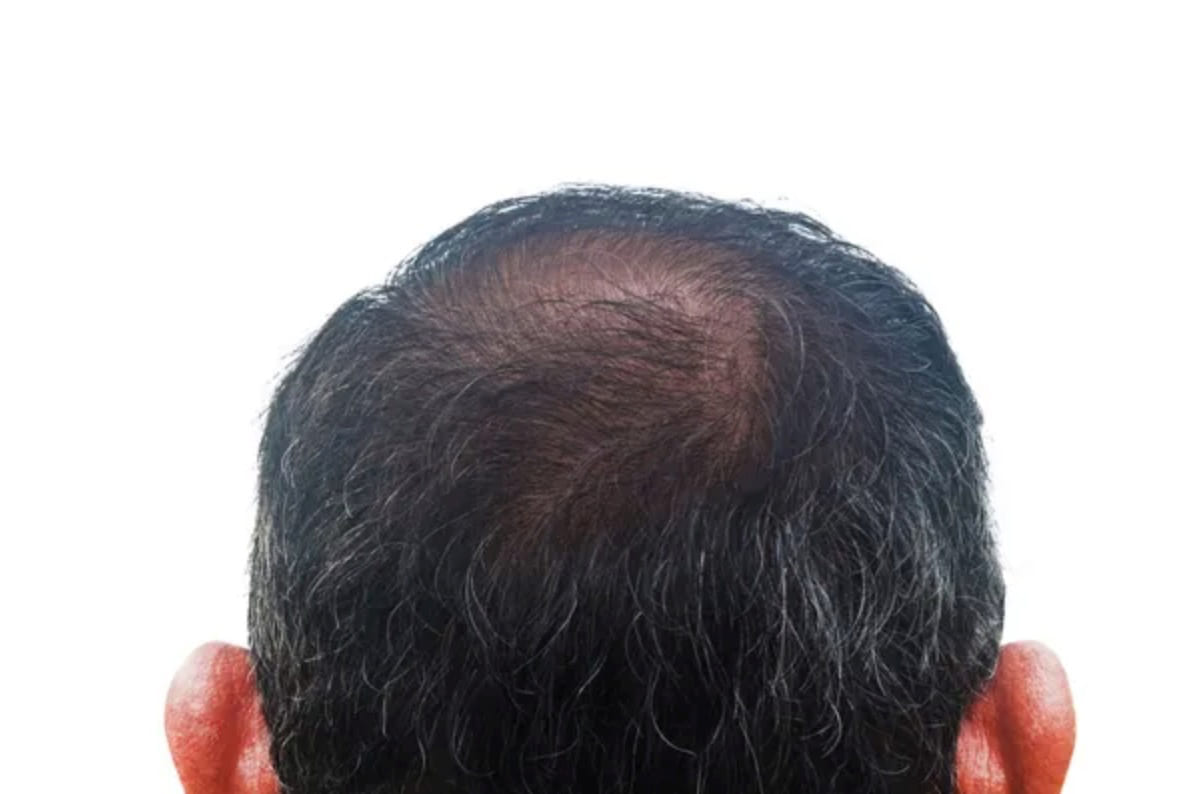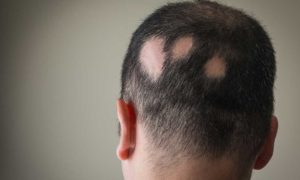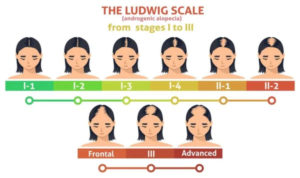What is Telogen Effluvium?
Increased shedding or thinning of a person’s hair is characteristic of telogen effluvium.
A person is described as having chronic telogen effluvium if they frequently experience periods of hair shedding for more than 6 months. Chronic telogen effluvium is generally reversible.
A person with this condition does not lose all their hair, although it may become noticeably thin.
Telogen effluvium is a form of hair loss characterised by hair thinning or an increase in hair shedding. It occurs more often in women and is usually triggered by a disturbance to the hair cycle.
The hair cycle typically has three phases:
- Anagen or growth phase.
- Catagen or transitional phase.
- Telogen or resting phase.
Telogen effluvium is associated with the telogen phase. Normally, 5 to 10 percent of a person’s hair is in the telogen phase at any one time.
With telogen effluvium, the anagen phase slows down, meaning that fewer hairs enter the next two stages. With this condition, around 30 percent of hair follicles move into the telogen phase, which means that hair shedding occurs.
Is Telogen Effluvium Reversible?
Telogen effluvium is a form of temporary hair loss that can occur on the top of the scalp after stress, exposure to a traumatic event, or shock. It usually occurs after giving birth, during menopause, or after a strong physical trauma.
Telogen effluvium is different from the hair loss disorder called alopecia areata. Large amounts of a person’s hair might fall out, but it is often temporary, and the hair usually grows back.
In this article, we look at the causes, symptoms, diagnosis, and treatment of telogen effluvium, including dietary changes that may help.
What are the Symptoms of Telogen Effluvium?
The main symptom of telogen effluvium is an increase in the amount of hair a person sheds. (please note that we all naturally shed around 100 hairs per day. This isn’t something to worry about).
Someone may notice that more hair than usual is falling out when they wash or brush their hair. They may also find more hair in the drain or on their pillow.
What are the Causes of Telogen Effluvium
Severe stress may cause telogen effluvium.
Disturbances to the hair cycle can be caused by a number of triggers, including:
- Severe stress. Prolonged periods of stress can result in telogen effluvium. Hair loss typically occurs about 3 months after the stressful event.
- Poor diet. Hair requires key nutrients including protein, iron, B-vitamins, and zinc to grow. A shortage of these nutrients may affect the quality and quantity of a person’s hair.
- Sudden weight loss. Weight loss or chronic calorie restriction, such as in anorexia nervosa, can cause the hair to shed.
- Pregnancy and childbirth. During pregnancy, more hair is in the growth phase for longer. Hormonal changes that occur 3 to 6 months after birth can cause hair to shed. This is called post-partum telogen effluvium.
- Menopause. Hormonal changes that occur during the menopause may also cause telogen effluvium.
- Certain drugs. Certain medications and recreational drugs can cause hair loss.
- Underlying health conditions. These can include autoimmune disease, conditions that affect the thyroid gland, and alopecia areata.
- Surgery. Depending on the type of procedure, length of stay in hospital, medications, and overall nutritional status.
- Metal toxicity. Contact with toxic chemicals in metal can lead to hair loss.
Treatment
Treatment for telogen effluvium depends on what is triggering the hair loss. Once the trigger has been established and addressed, the hair cycle should normalise and hair will begin to grow back.
Treatment options include:
- addressing nutritional deficiencies through diet
- non-surgical hair replacement
- hormone replacement therapy for people experiencing menopause
- counselling support to manage stress or anxiety
A person should try to avoid chemical or heat treatments that could damage the hair. They should also avoid heat styling and heat treatment, such as curling or perming the hair.
Dietary considerations include the following:
- Protein provides the building blocks for hair to grow. Make sure the diet includes plenty of protein-rich foods such as meat, eggs, fish, beans, grains, and nuts. The amino acid lysine may be particularly important for hair growth.
- Iron deficiency may be linked to telogen effluvium. Making changes to the diet to include iron-rich foods may help with hair loss. These include red meat, liver, dark green leafy vegetables, beans, and lentils.
- Supplementation can be considered for a short time while nutritional status is improved.
For professional advice, a person can contact a dermatologist or trichologist.
Regrowth
With telogen effluvium, it is common for hair to grow back within 3 to 6 months after the cause has been dealt with. Sometimes, the rate of shedding slows down but does not stop entirely. In most cases, no more than 50 percent of the hair is lost.
Diagnosis
A doctor will examine the hair and scalp to diagnose telogen effluvium.
When diagnosing telogen effluvium, a doctor will examine the hairs that have fallen out.
Several tests can be performed to diagnose telogen effluvium:
- The diameter and length of the lost hairs can signal this condition, and may help a doctor to differentiate between this and alopecia.
- A hair pull test may be carried out to see how much hair is being shed.
- A wash test can be performed whereby the number of hairs lost during washing is counted.
- A blood test may be useful to work out the cause of hair loss. These tests can help diagnose iron deficiency or thyroid insufficiency.
A dermatologist might be able to diagnose telogen effluvium and offer advice. They will look at other indicators of hair health, such as the appearance of the scalp, any patches of baldness, or more generalised hair thinning.
Outlook
Telogen effluvium is a common cause of temporary hair loss. It is characterised by an abrupt onset of hair shedding usually seen several months after a triggering event.
It usually lasts for around 6 months, except for cases of chronic telogen effluvium, which last longer. No specific treatment exists, but lifestyle and dietary changes can be effective in beginning hair regrowth.








